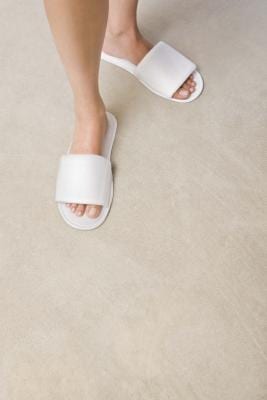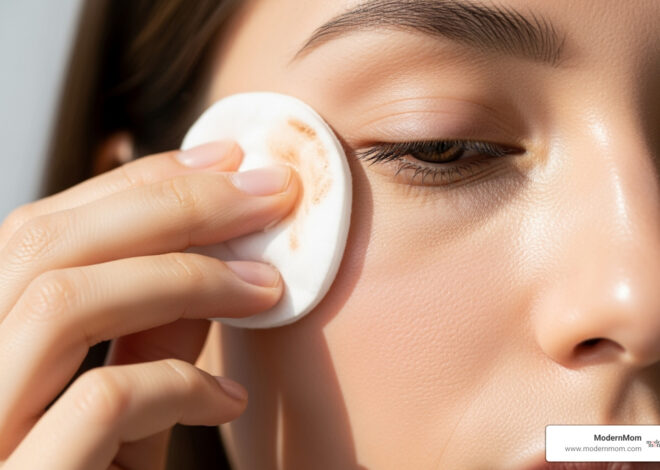Unlike your facial skin, your feet may take a lot of abuse and experience great neglect. Skin conditions on your feet may get so bad that you’ll want to keep them hidden in socks and shoes. While dry, flaking skin on your feet may be nothing more than an unsightly nuisance; these symptoms can cause pain and possible complications. Contact your doctor if you have diabetes and notice deep cracks or sores on your feet.
Symptoms
Cracking skin on your heels normally begins as dry, thick patches of skin. The pressure from walking can cause your feet to expand, pushing outward against the thick skin and causing fissures and cracks along the edges of your heels. Flaking and cracking between your toes is often the result of a fungus that affects the skin on your feet.
Causes
While a lack of moisture can cause dry skin to form around your heels, do not overmoisturize or neglect to keep your feet clean daily. This can increase your risk of contracting athlete’s foot, a contagious fungal infection that forms itchy, weepy crusts on the skin. In addition to cracking skin between your toes, you may notice blisters, oozing, crusting and the sensation of burning or stinging. Diabetes, atopic dermatitis, psoriasis and hypothyroidism may also increase your risk of developing cracked skin on your heels.
Complications
You may experience the gradual onset of thickened, discolored toenails that in an advanced state, appear crumbly. In some cases, deep cracks in your feet can develop areas of infection that require medical treatment. Due to poor circulation, cracking skin in the feet of individuals with diabetes can lead to sores that don’t heal properly. The Centers for Disease Control and Prevention advise people with diabetes to have a medical professional perform foot examinations at least four times each year.
Home Treatment
The best treatment for your cracked skin depends on the cause of this condition. Treat excessive dryness and calluses with two- or three-times-daily applications of a moisturizer, such as petroleum jelly, and immediately put on white socks afterward to help your skin stay moist and clean. Similar regular application of lanolin-based ointments can help to reduce heel and sole cracks. Use a pumice stone to gently buff off areas of dry, thick skin. If you have athlete’s foot, keep your skin clean and dry and apply an antifungal cream or powder.
Professional Care
Stubborn cases of dry, cracked feet may require professional treatment. Your doctor may recommend a prescription-strength medication to treat a chronic athlete’s foot condition. If you develop an infection from deep cracks, you may need to take an oral antibiotic. Your doctor may also perform a treatment known as debridement to remove the thickened skin. Toenail fungus is known to be resistant to many over-the-counter antifungal medications, and often requires a prolonged period of topical prescription medication for complete eradication. Discuss your particular needs with your doctor.





